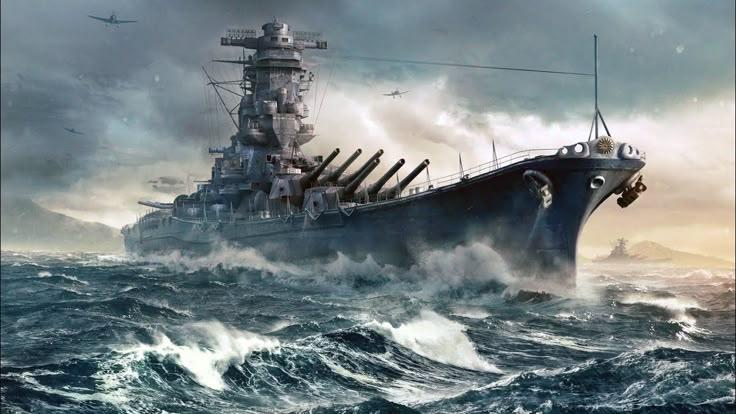As summer reaches its peak, the US Navy remains fully engaged on multiple fronts, from cutting-edge global training and fleet deployments to critical infrastructure projects and humanitarian missions.
1. Global Coordination: Large Scale Exercise 2025 (LSE 2025)
From July 30 to August 8, sailors and Marines from across the world participated in Large Scale Exercise 2025 (LSE 2025)—a first-of-its-kind operation that integrated six U.S. component commands, seven numbered fleets, interagency partners, and allied forces including Canada, Japan, and NATO across 22 time zones. It validated the Global Maritime Response Plan, marking a new benchmark in global maritime readiness and interoperability.
2. Strategic Posturing & Alliances
In another display of commitment to NATO, the USS Gerald R. Ford (CVN-78) and USS Winston S. Churchill (DDG-81) arrived in Marseille on August 4. Their presence underscored U.S.–French naval ties and demonstrated U.S. support for European allies in maintaining regional stability and freedom of navigation.
Meanwhile, the USS Frank Cable, a submarine tender, docked in Brisbane as part of Exercise Talisman Sabre 2025 (TS25)—a massive multinational drill spanning Australia and Papua New Guinea, involving some 35,000 personnel from 19 countries.
3. Humanitarian Outreach: Continuing Promise 2025
The MERCY-class hospital ship USNS Comfort made its final stop of Continuing Promise 2025 in Port of Spain, Trinidad, on August 5. Offering a wide range of care—from adult, pediatric, dental, and women’s health services to veterinary support—the mission reinforced the Navy’s commitment to building enduring partnerships through humanitarian assistance.
4. Maintenance Crisis: Readiness at Risk
Yet beneath these achievements lies a growing infrastructure strain. The Navy’s backlog in repairs has become a dire issue. The USS Boise, grounded since 2017, remains docked with repairs not expected until 2029 due to chronic shipyard delays and workforce shortages—highlighting systemic maintenance failures.
Meanwhile, the USS Helena’s six-year maintenance cycle ended tragically with a fatal electrocution, illustrating the human cost of such inefficiencies. These challenges persist across just four aging public shipyards, prompting a $6 billion investment—but experts caution that significant reforms are needed.
In a positive step, the US Navy has also contracted South Korea’s HD Hyundai Heavy Industries to repair the dry cargo ship USNS Alan Shepard in Ulsan, marking a strategic effort to alleviate shipyard pressures via allied capacity.
5. Evolving Threat Training & Collaboration
With warfare arenas shifting, the Navy is pivoting training to address modern threats. Task Force 66 has prioritized preparing crews for drone boat attacks—drawing lessons from Ukraine’s successes in the Black Sea. Recent exercises such as Baltic Operations 2025 simulated high-speed drone assaults on ships like USS Mount Whitney and USS Paul Ignatius to sharpen response capabilities.
In parallel, the US Marine Corps has taken a more active role in anti-submarine warfare by deploying sonobuoys from MV-22B Ospreys—a domain traditionally dominated by the Navymenhancing joint-force detection capabilities in response to growing submarine threats from peer adversaries.
6. Strategic Growth: Expanding Infrastructure
To address both readiness and capacity challenges, the Navy unveiled plans to build a new dry dock at Puget Sound Naval Shipyard, capable of accommodating future supercarriers and submarines. This strategic investment aims to preserve West Coast maintenance capabilities for decades, critical for Pacific operations.
Moreover, acting Chief of Naval Operations Admiral James Kilby outlined an ambitious readiness strategy aiming to elevate the Navy’s combat-surge readiness from 68% to 80% by 2027—a vital target as tensions with China escalate and global responsibilities expand.
Conclusion
August 2025 has been a month of contrasts for the US Navy one defined by global engagement and adaptability, yet shadowed by pressing structural vulnerabilities. From multinational exercises and humanitarian missions to the pressing need for reform in ship maintenance and operational readiness, the Navy stands at a strategic crossroads.
As it navigates these challenges, its success will hinge on innovation, infrastructure investment, and deepened alliances—charting a path toward a fleet that is as resilient as it is responsive.

